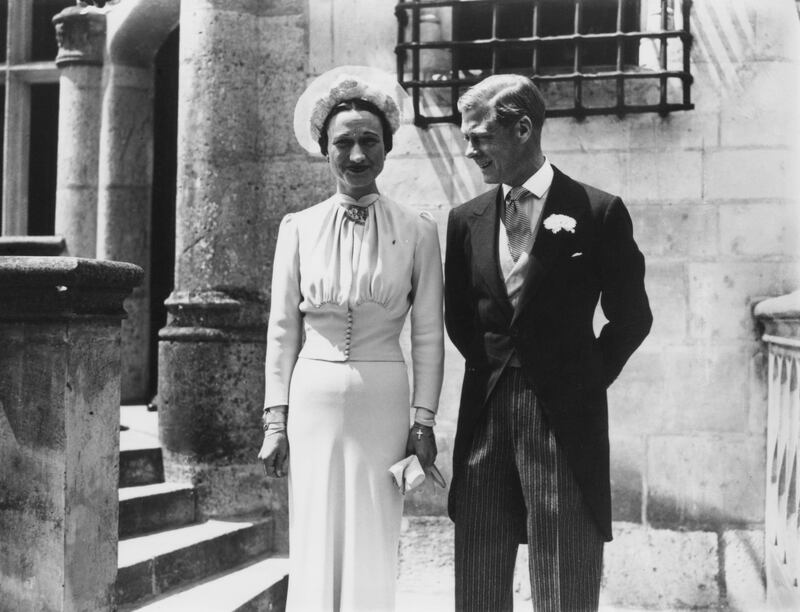A British coin featuring Edward VIII, who abdicated so he could marry an American divorcee, has sold for a record £1 million.
The incredibly rare sovereign, from 1937, was bought by a private buyer in the UK.
The coin was able to command such a high price tag because only a few exist. It was one of a small collection of trial sets that never went into mass production because Edward, later the Duke of Windsor, gave up the throne to marry Wallis Simpson in 1936.
The Royal Mint acquired the coin after they were approached by a collector keen to get hold of it.
The government-owned mint said his rein was so short that it was never released to the public.
The 22-carat gold coin was previously sold for £516,000 in 2014 at auction in London and before that for £40,000 in Tokyo in 1984. Its first recorded sale was in 1981, however, the amount it was sold for was never disclosed.
The coin is different to others bearing the British sovereign's image because Edward’s left side was used instead of his right, breaking with the tradition of each new monarch facing in the opposite direction to their predecessor.
“The coinage of Edward VIII is special because it was the coinage that never was. The time that Edward VIII was on the throne between January to December [1936],” said Chris Barker, Curator of the Royal Mint Museum.
The Royal Mint was just about to get going with mass production of the coinage when Edward abdicated in December.
“It was one of the great numismatic mysteries of the 20th century for many decades,” Mr Barker said. “What actually happened to the coinage of Edward VIII because this material was hidden out of the way. That mystery as to what the Mint did with the coinage of Edward VIII was revealed in the 1970s.”








